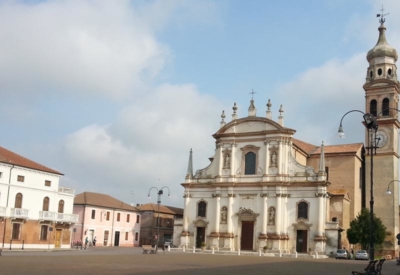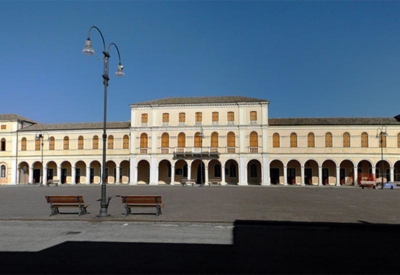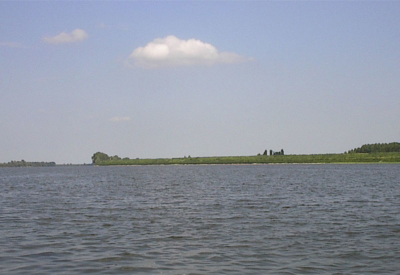CRESPINO
The name Crespino first appears in a papal bull by Pope John X to Paul, bishop of Adria, in 920 C.E.. In 938, Crespino appears in the will of the Marquis of Mantua, who donated the town to the Bishop of Adria. During the Salt War (1482 – 1484), Crespino became an object of contention between the Este family and the Venetians, and the dispute lasted for decades. In 1598 when the last descendant of the Este family died, Crespino was returned to the church, until 1796, the year of the arrival of the new rulers, the French, against whom the inhabitants rebelled. After the fall of Napoleon, Crespino became Austrian, but once again the town rebelled and was the cradle of the Carboneria (a secret Italian revolutionary society) in Polesine, established by Felice Foresti, the town magistrate. In 1821, the conspirators were discovered by the Austrian police, tried and sent to the harsh Spielberg prison. Finally, in 1866 Crespino joined the Kingdom of Italy, like the rest of the country.
If you want to see works of art and architecture in Crespino, head to the parish church to see, among others, Garofolo’s stupendous altarpiece depicting the Madonna Enthroned with Child and Saints Francis and Mary Magdalene, Gaetano Gandolfi’s Crucifixion (17th century) and The Madonna of the Rosary attributed to Ippolito Scarsella, known as ‘lo Scarsellino’.
In the 1960s, Crespino served as the historical and cinematic backdrop to the film “The Mill on the River Po” by the director Bacchelli.
Worth Visiting
The house with the twin towers
The Arch-Priest’s Church
The Town Hall
Villa P. Pio Falcò, Villa Sarti Savonarola, Villa Tisi
Villa Marzolla and Casa Carravieri
The Water Museum
Don’t Miss
Po Delta Regional Natural Park



